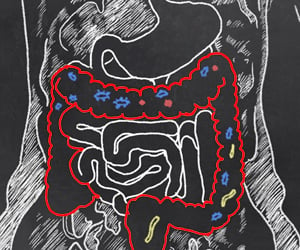At the University of Texas at Austin and the University of Marburg in Germany, chemists have introduced a new method for the desalination of seawater that consumes less energy and is dramatically simpler than conventional techniques.

The process evades the problems confronting current desalination methods by eliminating the need for a membrane and by separating salt from water at a microscale.
The research team was led by Richard Crooks of The University of Texas at Austin and Ulrich Tallarek of the University of Marburg. It's patent-pending and is in commercial development by startup company Okeanos Technologies.
This new method holds particular promise for the water-stressed areas in which about a third of the planet's inhabitants live.
Many of these regions have access to abundant seawater but not to the energy infrastructure or money necessary to desalt water using conventional technology.
As a result, millions of deaths per year in these regions are attributed to water-related causes.
Advertisement
The chip contains a microchannel with two branches. At the junction of the channel an embedded electrode neutralizes some of the chloride ions in seawater to create an "ion depletion zone" that increases the local electric field compared with the rest of the channel.
Advertisement
"The neutralization reaction occurring at the electrode is key to removing the salts in seawater," Kyle Knust, a graduate student in Crooks' lab and first author on the paper, said.
Like a troll at the foot of the bridge, the ion depletion zone prevents salt from passing through, resulting in the production of freshwater.
Till now Crooks and his colleagues have achieved 25 percent desalination.
The other major challenge is to scale up the process.
Right now the microchannels, about the size of a human hair, produce about 40 nanolitres of desalted water per minute.
To make this technique practical for individual or communal use, a device would have to produce liters of water per day.
The technique is published in the journal Angewandte Chemie.
Source-ANI












